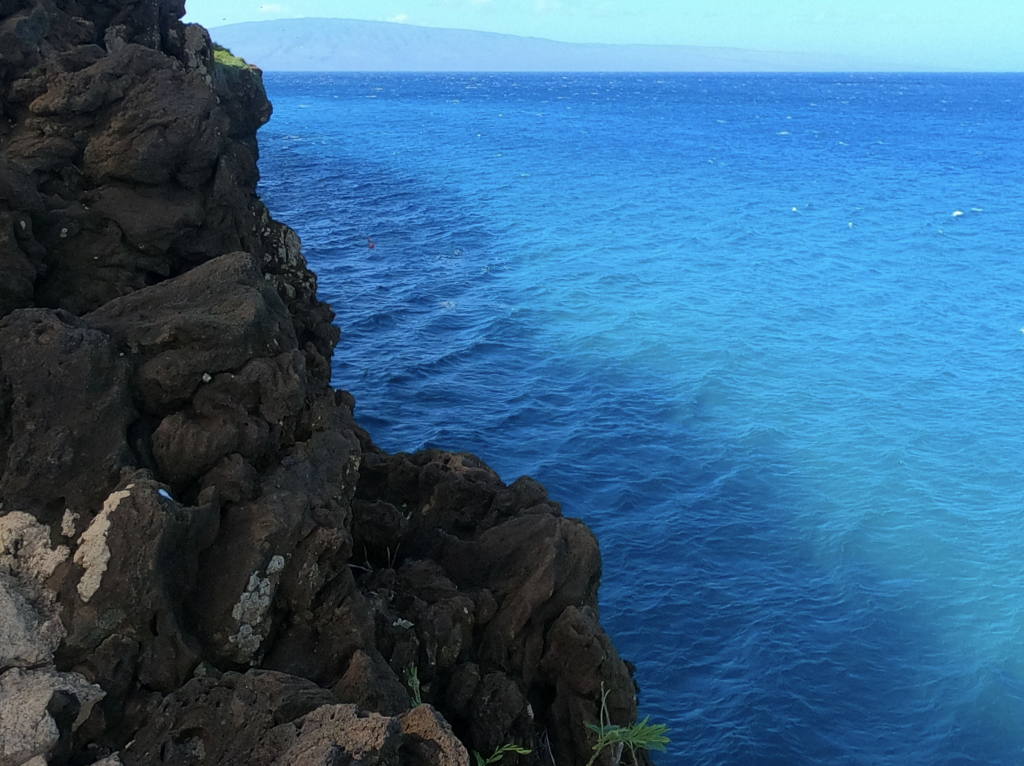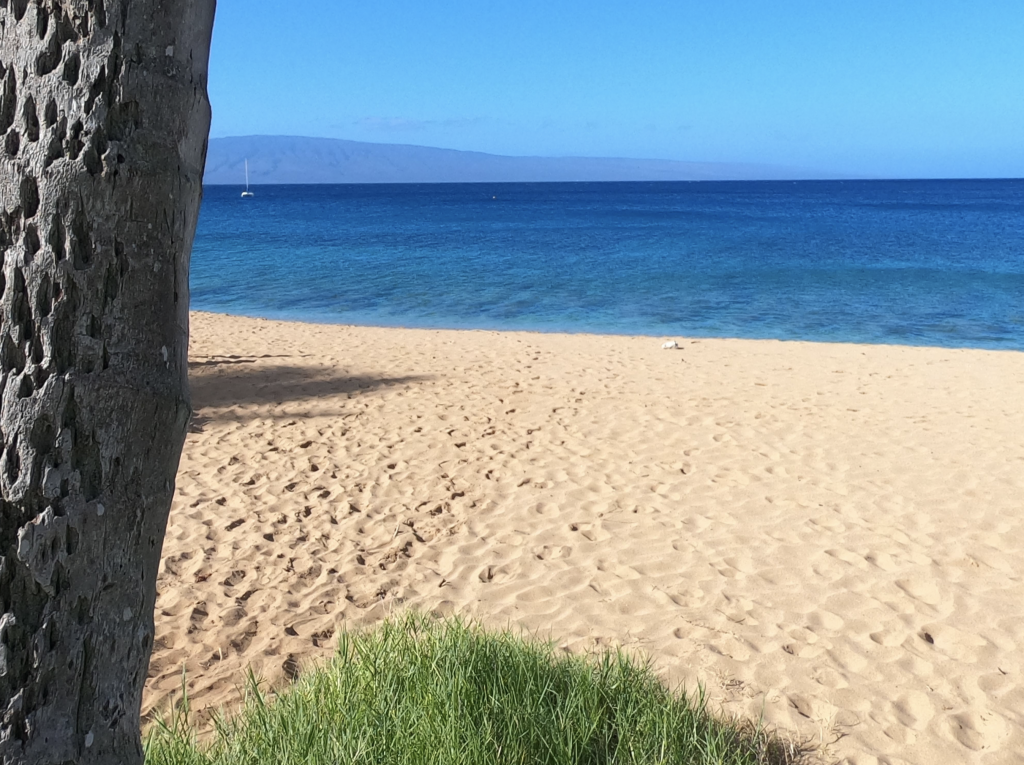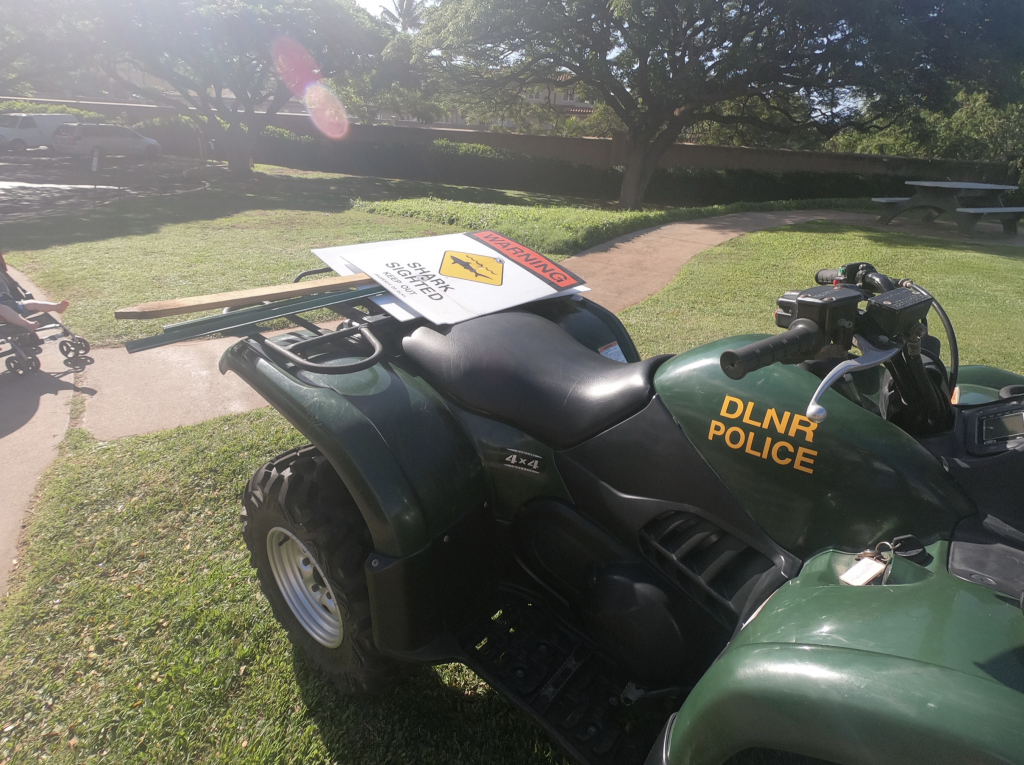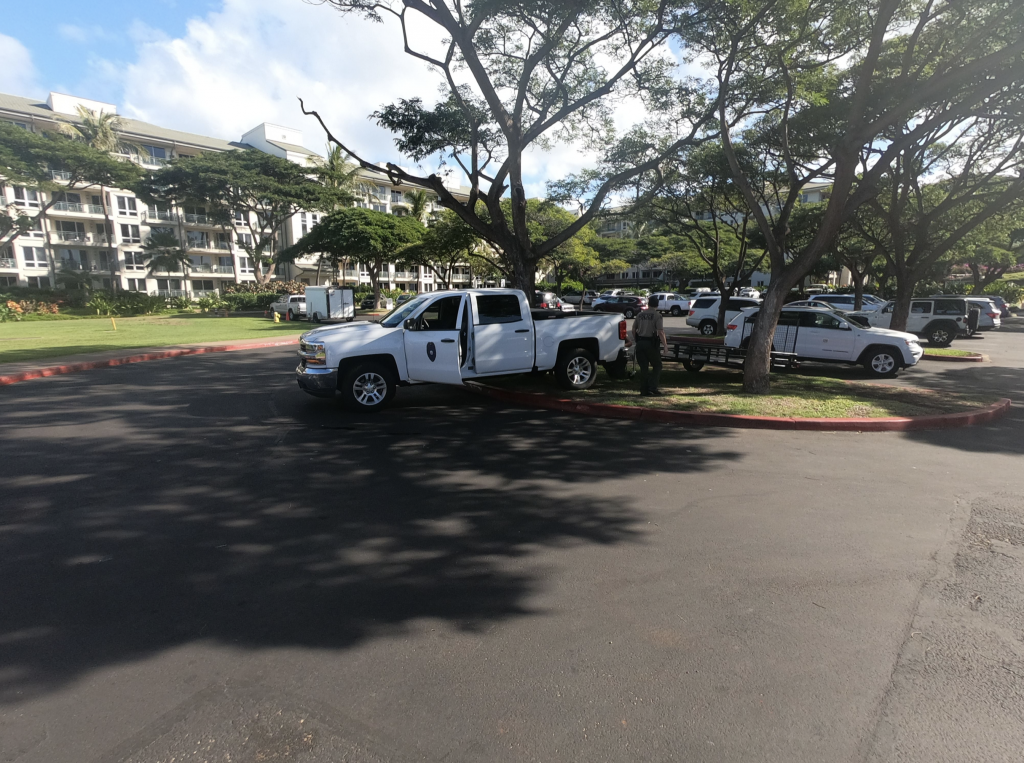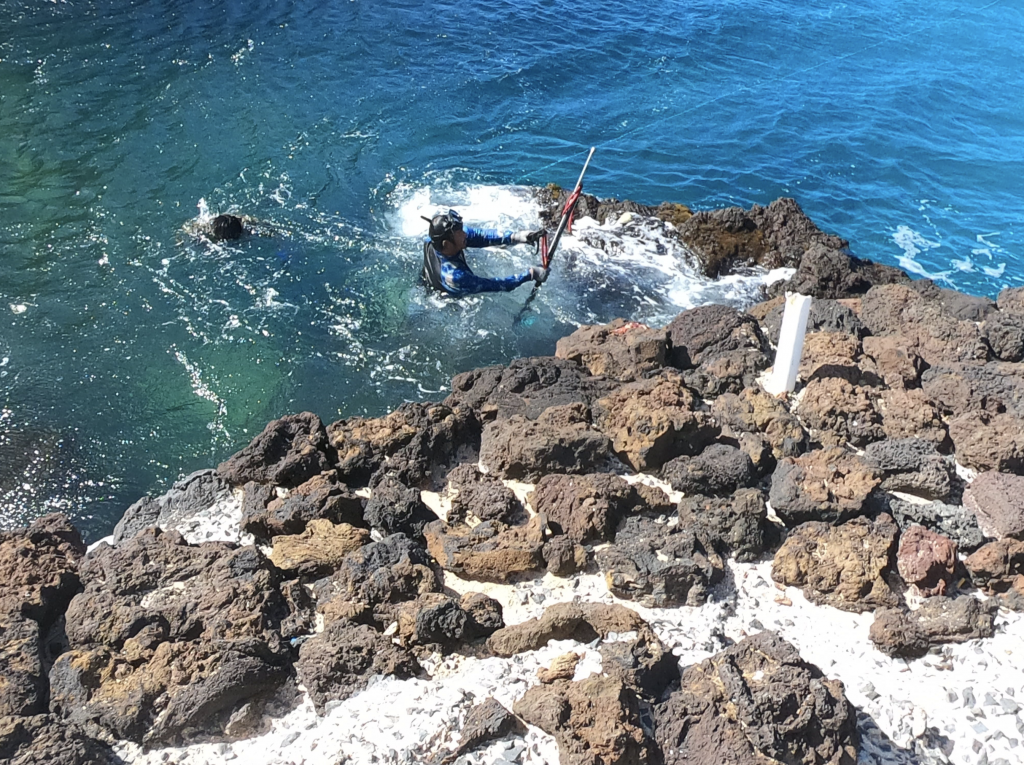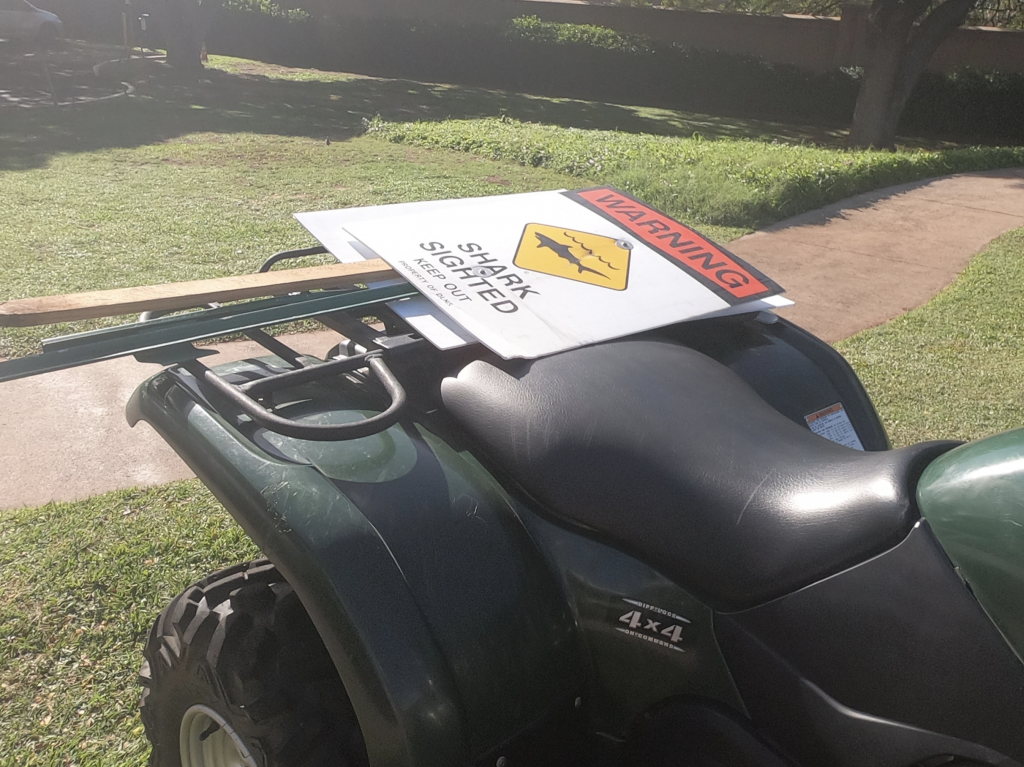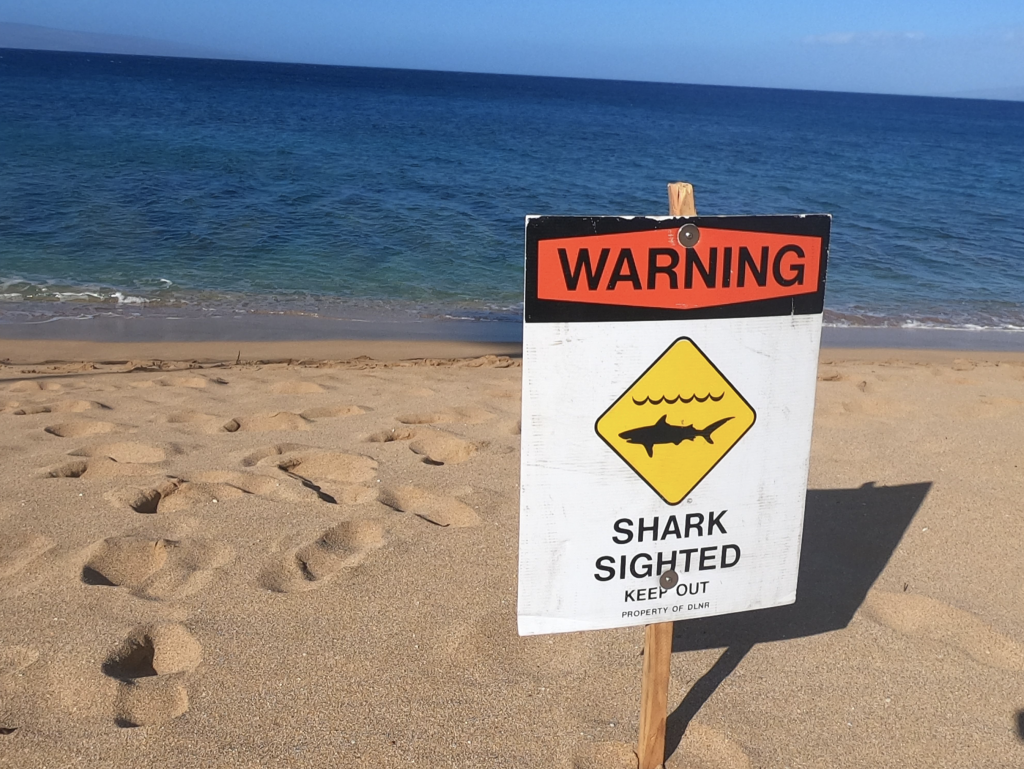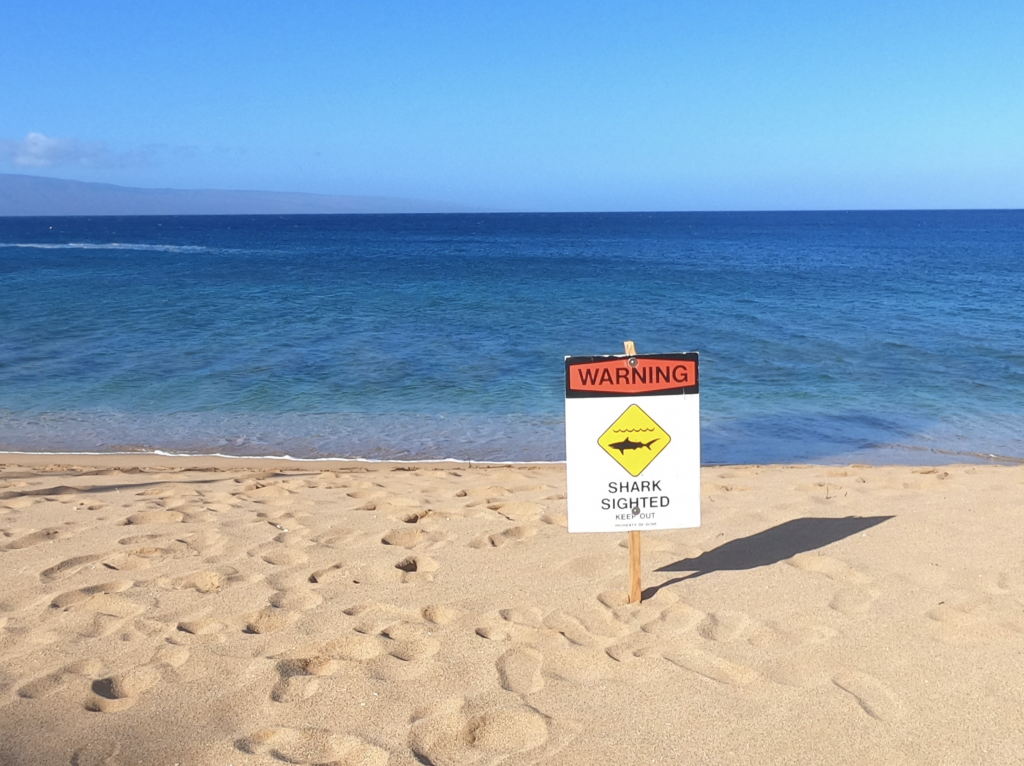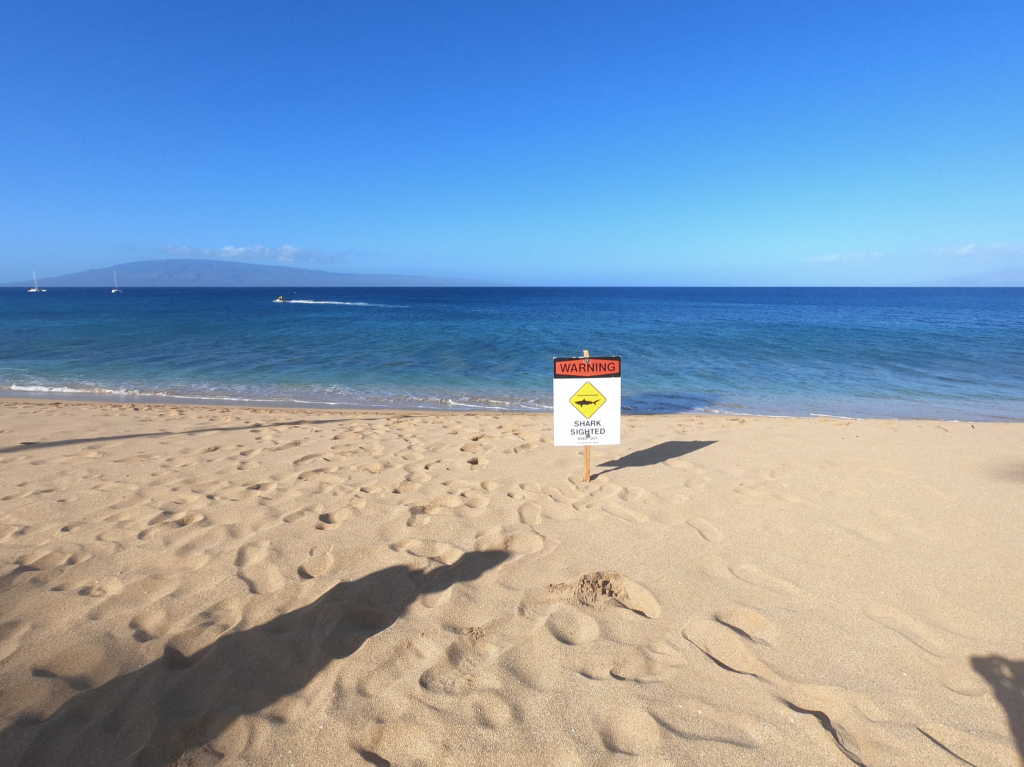Close-Up Look at Shark Warning Protocols After Maui Incident
A 73-year-old man from California, snorkeling off Kahekili “Airport” Beach in front of the Westin Kāʻanapali Ocean Resort, was bitten by a shark this morning, state officials confirm.
State officials say the man suffered only minor lacerations in the encounter, which happened at about 7:20 a.m. According to the state Department of Land and Natural Resources, there were no other snorkelers or swimmers in the immediate vicinity and the man swam back to shore on his own and called 911.
Today’s incident provides a close-up look at the standard shark incident protocols employed by the DLNR Divisions of Aquatic Resources, the Division of Conservation and Resources Enforcement and county partners.
DAR and DOCARE are not typically first responders, but once on the scene, they coordinate closely with county emergency medical services and ocean safety personnel.
Today, like in many previous incidents, DAR Education Specialist Adam Wong arrived with shark warning signs to post on the beach. He then headed to the hospital. Wong is one of several DLNR staff trained to interview shark bite victims, when possible, to gather more information and to provide critical details to state and international databases on shark incidents worldwide.
DOCARE officers also arrive with signs, some of which are loaded onto an ATV to be put up along a stretch of beach, one mile on either side of the incident site. The signs themselves become photographic memories for visitors.
Until sundown, a half dozen DOCARE officers will continue patrolling the beach on-foot and by all-terrain vehicle to warn people not to go swimming, snorkeling or diving. County lifeguards also warn people.
DOCARE Lt. Ron Cahill explained “long-in-place” shark-human encounter, safety protocols. For today’s incident he said, “Shark warning signs have been posted from Puʻu Kekaʻa “Black Rock” to Honokōwai Beach Park warning people to stay out of the ocean until an all-clear is given.”
Warning signs always remain in place until noon of the day following all shark incidents, after officers and lifeguards have assessed the ocean to be sure there is not any shark presence.
Several hours after the incident, at Puʻu Kekaʻa, on the southern perimeter of the warning area, DOCARE Officer Cory Fernandez spotted two spear fishers in the water. “Over the pounding surf, he hailed them, got their attention and directed them to swim to a nearby pier. He informed them about the shark warning and asked them to get out of the water. It was not a total lost day for them, as they caught one tako and a couple of fish,” according to DLNR.
DOCARE Chief Jason Redulla and DAR Administrator Brian Neilson point out that DLNR’s shark incident response procedures are designed to provide a high degree of awareness to beachgoers after an incident, with a total focus on public safety.
Officials with the state Department of Land and Natural Resources have also said that for centuries, traditional Hawaiian chants have warned about an increased risk of shark bites in the fall, when the wiliwili tree blooms.
They have offered the following advice in the past: “The best thing ocean users can do to minimize their risk of shark bites is to utilize beaches with lifeguards, stay near other people, and don’t go too far from shore. Also, avoid murky water and areas near stream mouths.” More safety tips can be found at the Division’s shark web site, hawaiisharks.org.





